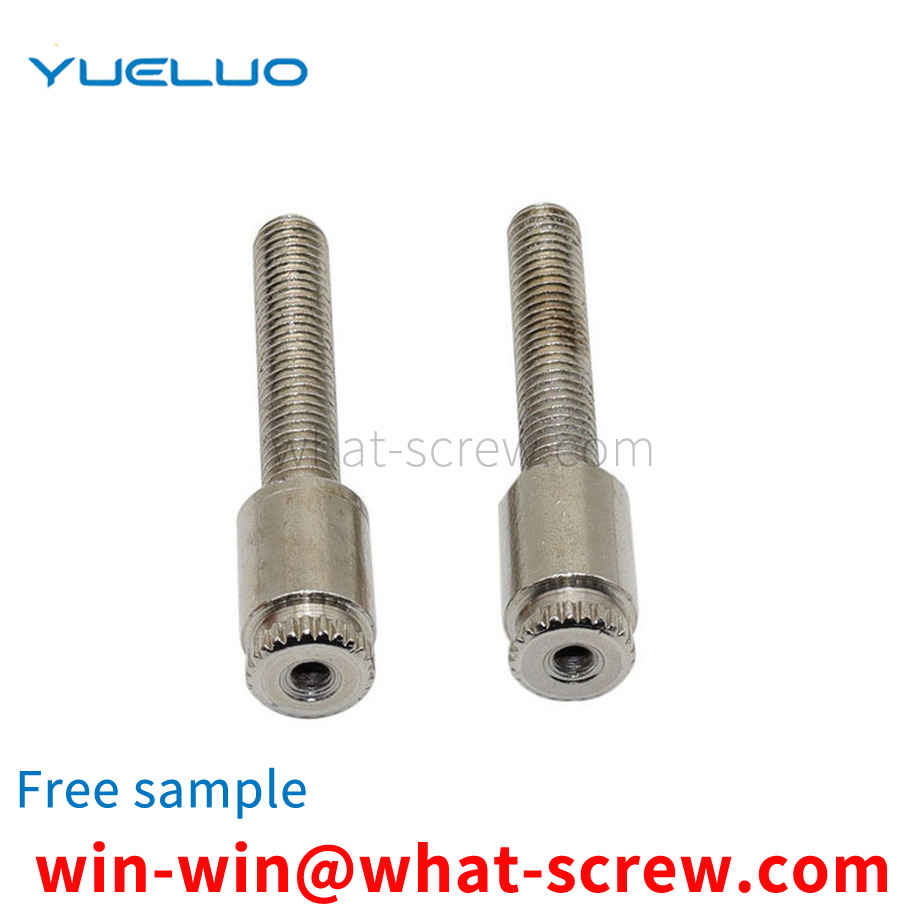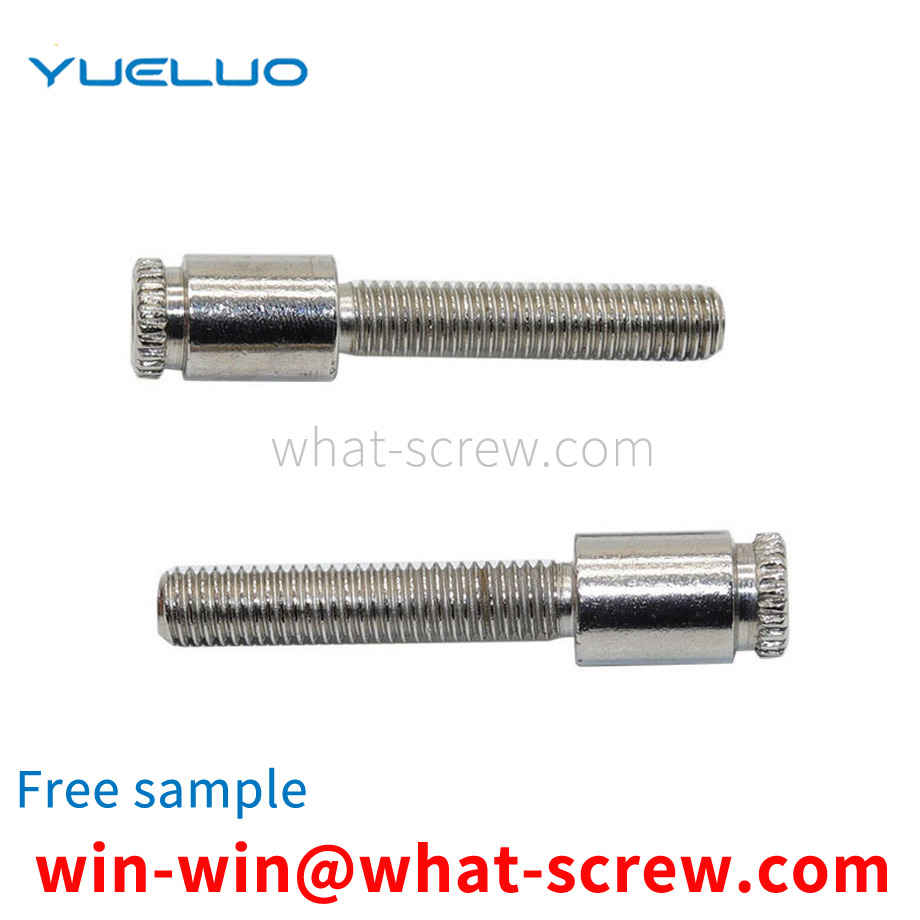Nuts on the market still have certain defects. The bolts rely on multiple nuts against each other to prevent loosening. This method cannot be completely locked. The bolts are easily loosened when subjected to huge pressure and vibration, which hides potential safety hazards and has a protective effect. Bad problem, for this, we propose a nut with self-locking function
Convex washers are mainly punched out of iron plates. The shape is generally a flat washer with a hole in the middle. Flat washers are usually thin pieces of various shapes to reduce friction, prevent leakage, isolate, prevent loosening or Dispersing pressure, the rationality of its design structure and the safety during use are very important.
Shaft retaining ring (hereinafter referred to as retaining ring) is a very common part and is widely used in shaft parts. The existing solution for pressing the retaining ring is: place the retaining ring sleeve in the chamfering section or the guiding section of the shaft head, and then use an indenter whose inner hole diameter is larger than the diameter of the shaft head to press the retaining ring into the groove, and then press the retaining ring into the groove through the shaft head. The retaining ring is combined with the slot to prevent the indenter from continuing to move downward.
In the process of mechanical assembly, we often use pins to connect two parts, and the positioning pins are usually sunk into the pin installation holes on the mechanical parts. During the assembly process or after the assembly is completed, we often need to pull out the pins to assemble, revise or repair the parts. The existing method of pulling out the positioning pins is generally to use tools such as pliers, hand hammers, and blades to pull out the positioning pins, but This method is easy to damage the pin holes and pins, which will directly lead to the scrapping of the original parts. The positioning pin can be pulled out by pulling the pull rod, but in order to ensure the assembly accuracy between the parts, the matching between the positioning pin and the pin hole on the part is tight and the number of pins is large, so this method is inconvenient to operate. And time consuming.
1. The taper of the reaming hole should be 90°. It should be guaranteed that it should be less than 90° rather than greater than 90°. This is a key trick. 2. If the thickness of the sheet metal is less than the thickness of the head of the countersunk head screw, you can replace the screw with a smaller size, or it is better to ream a smaller hole instead of reaming the hole to increase the diameter of the bottom hole and cause the parts to not be pressed tightly. 3. If there are multiple countersunk head screw holes on the part, it should be processed more accurately. Once it is drilled crookedly, it will be ugly to assemble, but as long as the error is not large, it can be tightened completely, because when tightening, if the diameter of the screw is not very large. Large (about no more than 8mm), when there is an error in the hole distance, the screw head will be deformed due to the force when it is tightened or it will be tightened.
We have many years of experience in the production and sales of screws, nuts, flat washers, etc. The main products are: cotter pin positioning pin, nut copper column, small screw, American pressure plate nut and other products, we can provide you with suitable fastener solutions for you Program.



















 Service Hotline
Service Hotline




